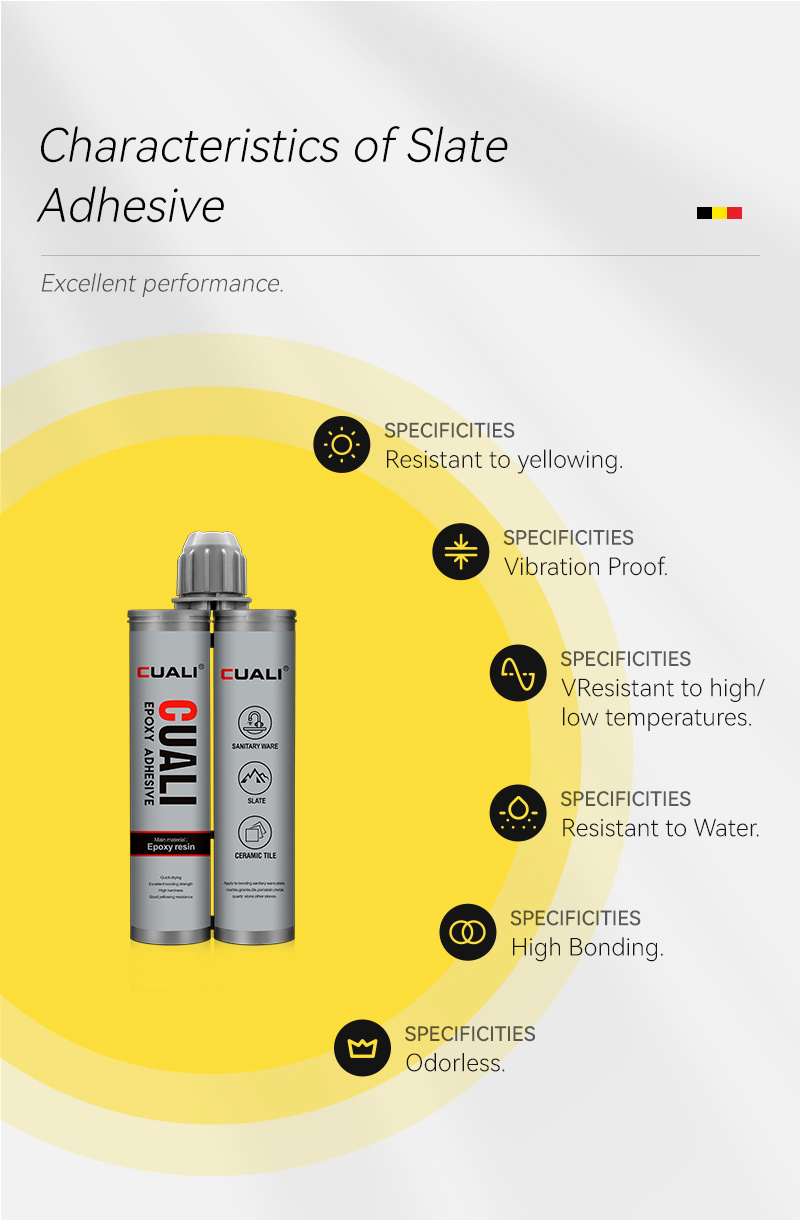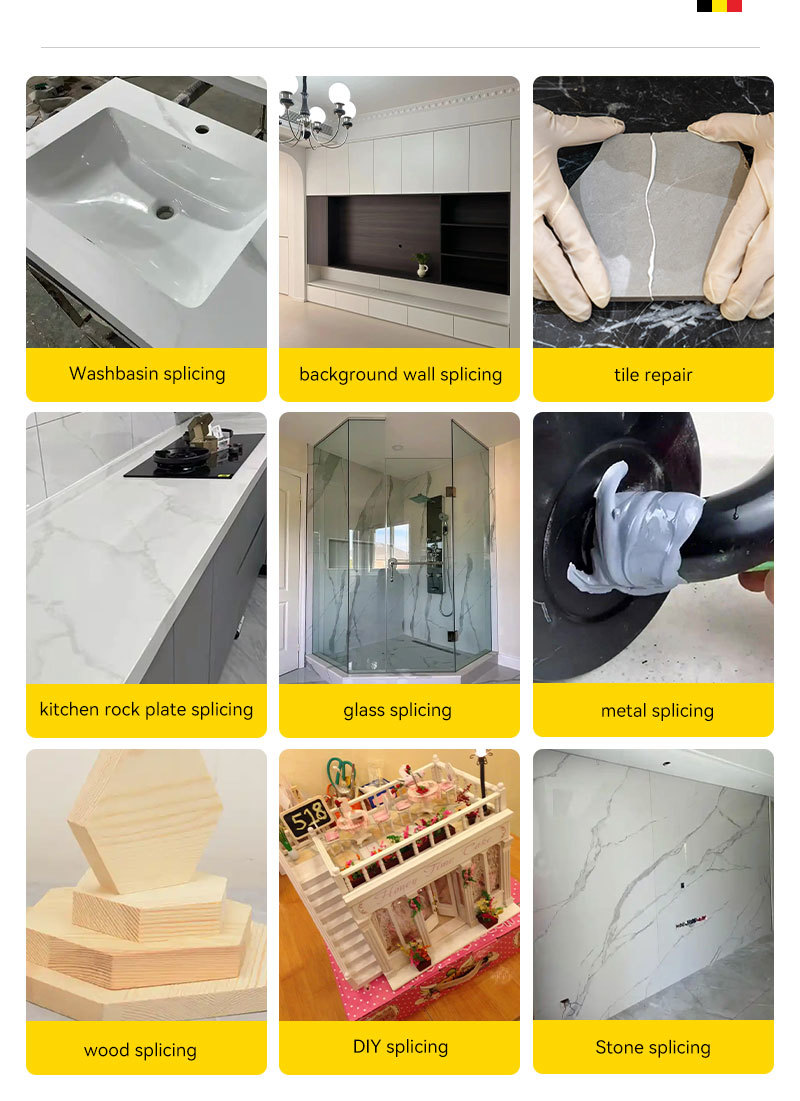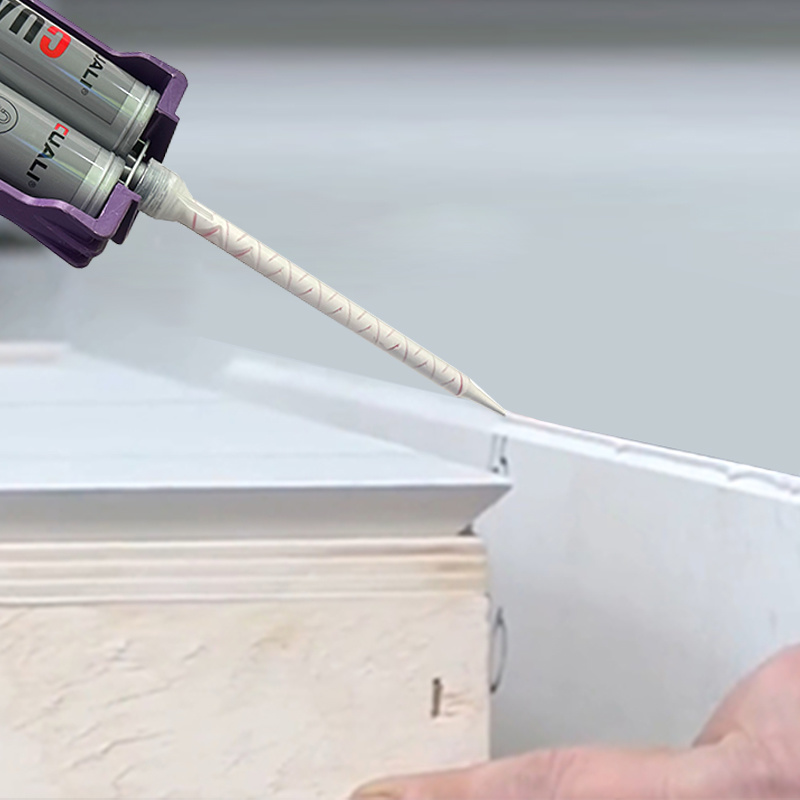
What Are the Categories of Stone Adhesives? How to Remove Cured Stone Glue
Stone adhesives, also known as stone glues or binders, play a crucial role in stone processing. They are used for tasks like seamless splicing, crack repair, and more. As specialized fine chemical products, they serve diverse purposes, including repair, reinforcement, compounding, bonding, and maintenance. Let’s explore their main categories:
1. Stone Composite Adhesives
These adhesives are designed for bonding various materials to stone, such as marble to marble, granite, ceramics, aluminum honeycomb panels, glass, wood, inorganic boards, and plastic boards.
- Ideal for: Producing both indoor and outdoor composite panels.
- Key features: Cures at room temperature and in humid conditions, resists yellowing, supports light curing, and is suitable for automated production lines.
2. Stone Repair Adhesives
Specifically formulated to fix common issues on marble and granite, like cracks, holes, sand holes, chicken-claw patterns, ant trails, and uneven surfaces. They’re also used for reinforcing backnets and enhancing the shine and color of stone.
3. Stone Bonding Adhesives
Perfect for bonding artificial stone materials, including acrylic panels, composite acrylic boards, resin boards (UP boards), unsaturated polyester boards, and composite panels.
- Applications: Seamless splicing of artificial stone countertops, joint installation, and custom processing.
- Benefits: High bonding strength, crack-resistant, seamless finish, anti-blackening, stable color, outdoor durability, fast curing, eco-friendly, resistant to extreme temperatures, and user-friendly.
4. Installation & Maintenance Adhesives
Used during stone installation for tasks like dry-hanging, sealing, and bonding.
- Standout features: Quick dry-hanging curing, non-yellowing, low shrinkage, mildew resistance, high strength, water resistance, and medium adhesion.

How to Remove Cured Stone Adhesive
- Start by using a grinder to sand off large excess glue from the surface.
- Then, use a utility knife to scrape off any remaining small glue residues.
Expert tip: Don’t be intimidated! Many stone craftsmen say it’s easier than it seems.
Final Note: With so many types of stone adhesives available, it’s essential to choose the right one for your specific needs. For example, opt for stone bonding adhesives for seamless splicing to ensure strong, long-lasting bonds and avoid issues like detachment or yellowing.

Summary:
With so many types of stone adhesives available, it’s essential to choose the right one for your specific needs. For example, opt for stone bonding adhesives for seamless splicing to ensure strong, long-lasting bonds and avoid issues like detachment or yellowing.
Time:
2025-06-17
More News
